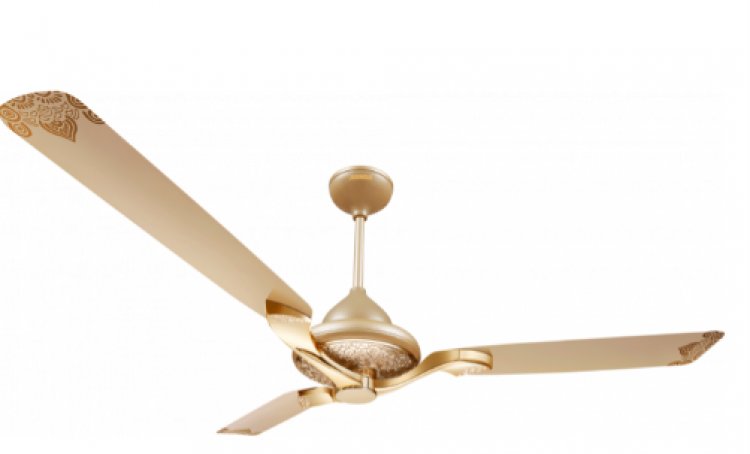Here’s Why Finding the Right Ceiling Fan is Important
We usually do not think twice before purchasing a fan for home and get the first ceiling fan that pleases our eyes. However, it should not be the case. There are many important things that one should keep in mind to choose the right ceiling fans for a home. There are various types of ceiling […] The post Here’s Why Finding the Right Ceiling Fan is Important appeared first on TFIPOST.

We usually do not think twice before purchasing a fan for home and get the first ceiling fan that pleases our eyes. However, it should not be the case. There are many important things that one should keep in mind to choose the right ceiling fans for a home. There are various types of ceiling fans in the market. These countless options are enough to confuse us. The best way you can follow for selecting a ceiling fan is to consider the science behind it.
Read the following factors to get your money’s worth the next time you need to buy a ceiling fan:
Size of the Room
The room size should determine which ceiling fan you should choose. A general rule is that the fan size should be a minimum of 24 inches for tiny rooms such as small shops or toilets, 36 inches for a room with an area of up to 7×10 feet room (2.13×3 meters. Approx.), 42 inches for rooms up to 10×10 Feet (3×3 meters. Approx. 48 inches for rooms up to 12×13 Feet (3.65×3.96 meters. Approx.) and 56 inches up to 14×16 Feet (4.26x 4.87 meters. Approx.).
Height of the Ceiling
For maximum air circulation, a fan needs to be suspended 9 feet above the ground. For high-ceilinged spaces, you will need fans with downrods (the portion that suspends the fan from the canopy). Downrods vary in length from 3-72 inches. The distance between the fan and the ceiling should be at least 1 feet.
Number of Fan Blades
More is not merrier in this situation. The number of fan blades is more about design than functionality. There is little distinction between a three, four or five blade fan output. So, choose the one based on preference and style. In terms of appearance and utility, the classic three-blade fans are the best ones.
There are many different finishes nowadays to choose from. Metal (stainless steel or aluminum), or plastic are popular blade materials available. A high-quality finish can resist corrosion, blistering, and fading. A good metal finish does not need polishing for many years, and good-quality plastic blades remains durable for several years.
Light Fixture
Many modern ceiling fan models come with built-in lights or provide a solution compatible with them. Fans with lights are also a good choice for ambient overhead lighting, but other light fixtures need to be supplemented. You get a fair amount of ambient light in a room by adding a ceiling fan with light. Some fans come with dimmers, so it is easy to change the light intensity. You can find reliable brands like Luminous that offer an extensive range of such ceiling fans.
Power Consumption
‘Watt’ or ‘W’ is the preferred unit for measuring the energy consumption levels of ceiling fans. The power consumption of a regular utility fan lies between 70 W and 80 W.
However, the lamp’s power usage is omitted for ceiling fans with a light bulb or LED bulb to enable objective measurement of the fan’s overall energy use.
If you have any doubts or have difficulty understanding which ceiling fan is the best for your home, consider different variables while choosing a ceiling fan. In terms of airflow and quality, choosing the right ceiling fan design for your home will help you ensure that you have the best-in-class results. There are reputable brands like Luminous that have an array of ceiling fans to suit every requirement. Go to their online website and check them out yourself!







